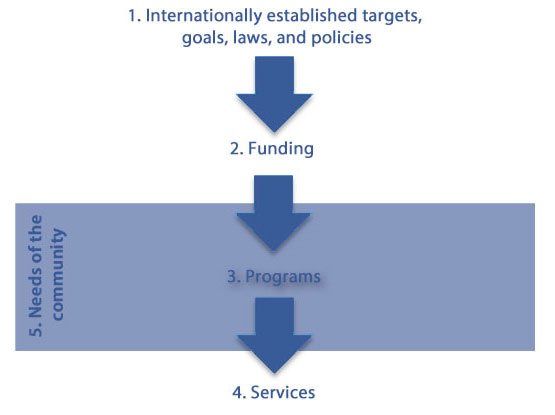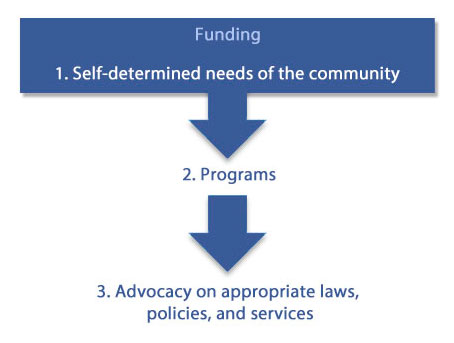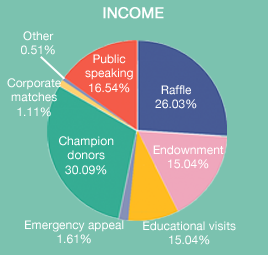Our Fundraising Approach
While some NGOs operate with large budgets and huge programs to address a broad base of internationally recognized issues, CatComm operates with a small and flexible budget, with focused aims to meet unmet needs at a local level, and yet still achieves broad impact. We do this for one simple reason: the needs of the community command our work. Due to the fast changing environment of Rio de Janeiro, and the challenges that face communities in this context, the needs of communities and the support they ask from us also change at similar speeds. We also have worked with over 200 communities, all unique, and with varying challenges. We are required to be flexible in order to respond to their localized requests.
What We are Not
The funding model of the conventional internationally funded NGO is typically driven by goals and objectives set at the international institutional level (e.g. Millennium Development Goals). From these internationally set goals, funding is sought and attributed, and programs and services are delivered.
This diagram broadly explains the flow:

The results are often a heavily funded collection of services that are often concentrated in internationally recognized areas of need (e.g. HIV, education, hunger, maternal health), and are sometimes disconnected with other day to day needs of communities (Note: this is not to discredit the efforts and efficiency of these highly funded programs). However, within this model it is difficult to be flexible and create responsive programs that are relevant to urgent, timely and often politically charged needs of the community.
What We Are
CatComm’s model is responsive, flexible, and listens to the demands of communities where needs are unmet support is needed fast. We only work where it is requested of us and when local communities feel they need support. It is important to mention that communities are strong groups of people with their own strengths, agencies, and empowerment potential.
Our approach is broadly like this:

Dependable Individual Donors

We also work with flexible and small-scale foundations and grantmakers that share our values in a non-competitive and collaborative capacity.
